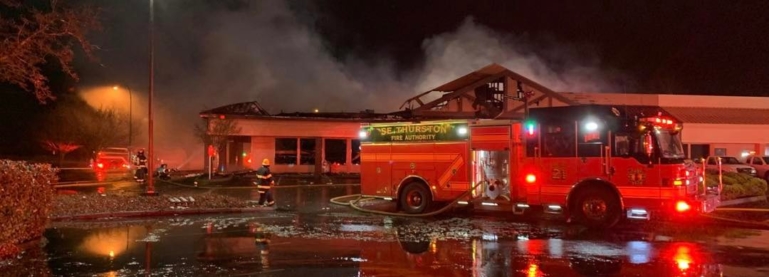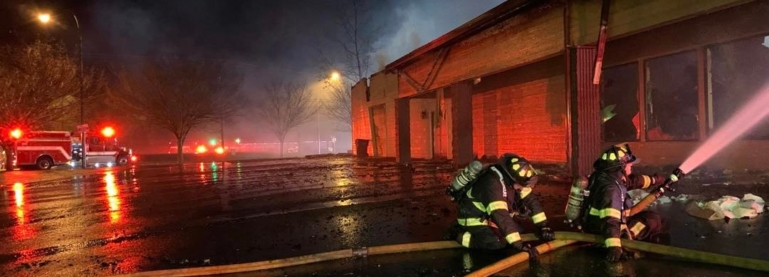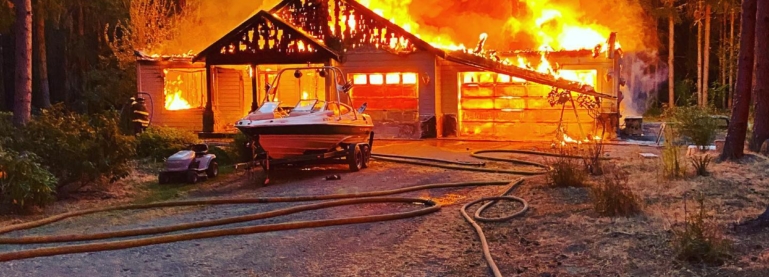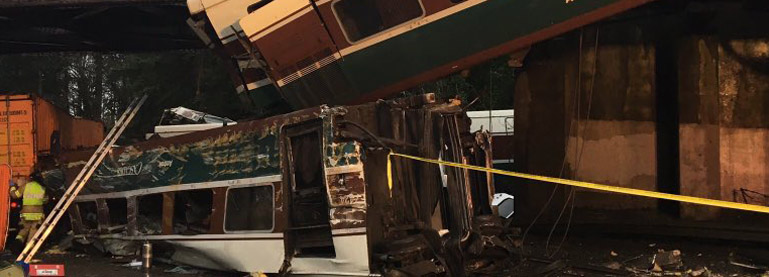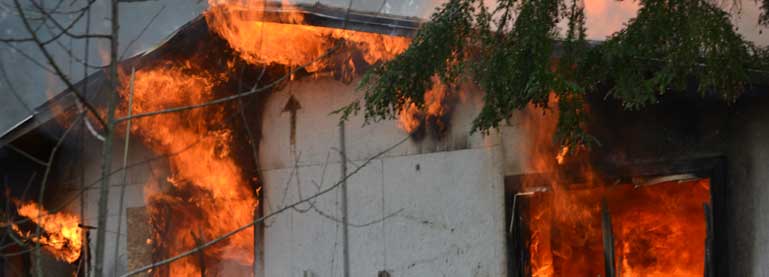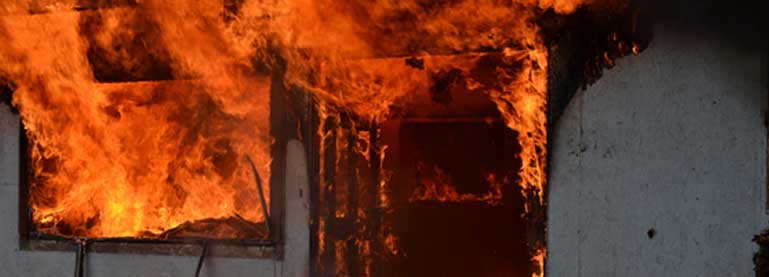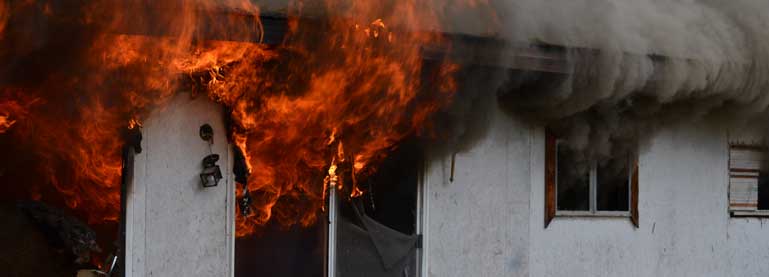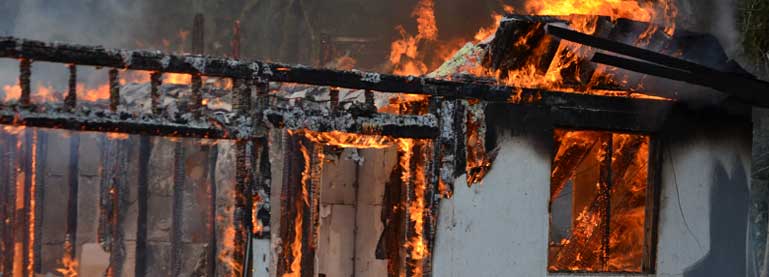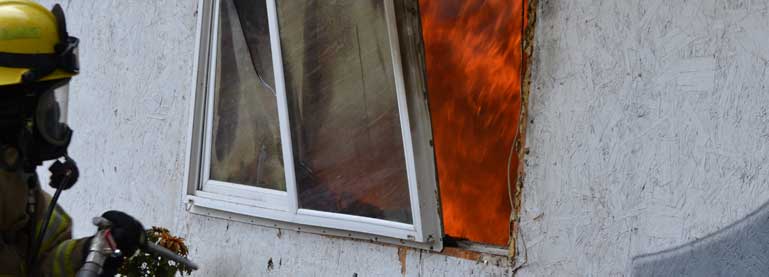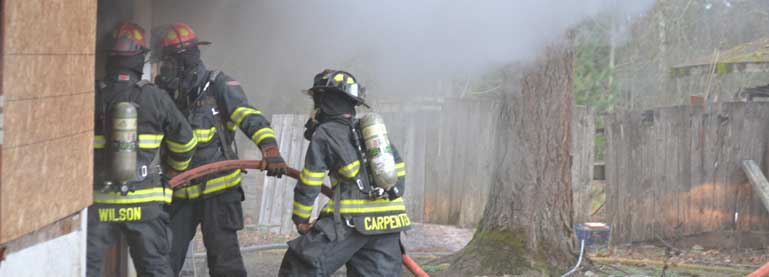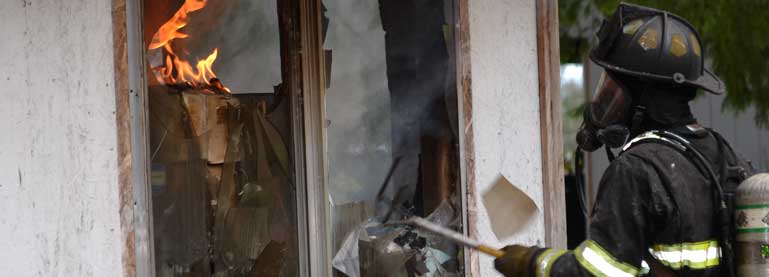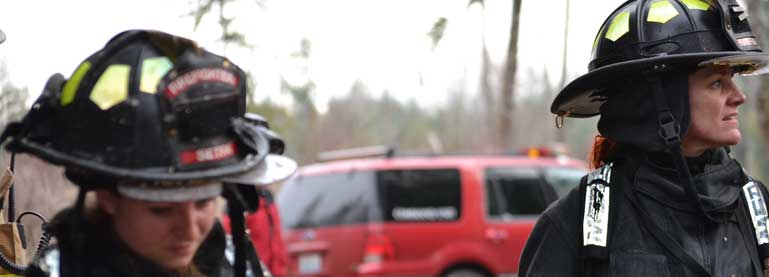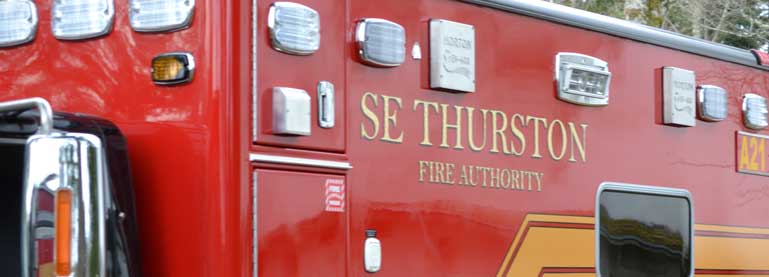Medic One Frequently Asked Questions
How many basic life support (BLS) units are there? What is their response time? What medical care do they give?
The second tier is our basic life support personnel…..
There are 15 Fire jurisdictions in Thurston County. Each Fire Department has from one to four stations. There are multiple aid units across the county. Because there are multiple BLS units stationed around the county, a BLS unit is usually within 6 minutes of the call for help (see up to date response time by jurisdiction on this page). Some of the aid units are Aid vans some are Fire Engines outfitted with medical equipment. All BLS Aid vehicles have medical equipment and personnel that must meet state standards for licensed EMS agencies. BLS vehicles carry, computerized defibrillators to shock the heart, equipment to assist breathing and oxygen, bandages for bleeding and splints for broken bones.
BLS personnel are educated in a three month program to perform life saving medical procedures. Advanced procedures that enter a patients body or the giving of medications requires advanced paramedic level of care. Some Fire Departments outfit their personnel with personal aid kits. Volunteer EMS personnel can then respond more quickly from their home directly to the neighbor that called for help.
Why does the Fire Department come for a medical aid call?
BLS Personnel are dual role and *% are volunteers…..
Most Fire services personnel are cross trained and state certified as EMS personnel. This dual role responsibility makes a large group available for EMS response and initial basic life support medical care. Nearly *% are volunteers but paid or volunteer all dual role personnel are responsible for two jobs. When not performing one they are available to respond and perform the other.
What exactly are “paramedics”? What kind of care can they give different than an EMT? Why is it necessary to have two paramedics when someone calls?
The third tier, advanced life support paramedics…..
Paramedic units are staffed with two paramedics (medics). Paramedics are trained for two years of classroom and field training. Paramedics perform advanced diagnosis, perform invasive procedures (airway breathing tubes, intravenous, surgical procedures and medications administration).
Medic Vehicles are equipped with sophisticated emergency equipment usually only found in a hospital emergency room. Two Medics working together are able to quickly access patient needs, perform life saving treatments, talk to an emergency doctor and package the patient for rapid transport to the most appropriate emergency medical care facility, while providing ongoing care en route to the hospital. If there are multiple patients on the scene, dual medic crews can split up and each takes care of a patient. Enough equipment is available to transport patients in separate vehicles, transport vehicles can transport multiple patients lying down.
Medic One Paramedic units are stationed in urban, suburban and rural areas of Thurston County. Of those seven paramedic units, six are dual paramedic staffed transport vehicles staffed 24 hours a day / 7 days a week with one additionally staffed as a peak hour staffed unit (averaging 16 hours each day). Southwest county area is now staffed with a dual staffed, 24/7, transport unit upgraded in 2012 from a SPRINT (Single Paramedic Rapid Intervention Non Transport) vehicle. The peak hour staffed unit is currently being phased into a 24/7 dual paramedic transport unit. Phase up will be completed by 2014 for a full dual paramedic, 24/7, transport unit.
Multiple units on scene, why?
Because of tiered response, multiple vehicles may respond to the emergency scene. The closest BLS vehicle (average within 7 minutes) this may be an aid van or a fire engine. If an advanced life support paramedic vehicle was necessary the closest paramedic vehicle (usually within 11 minutes) will be sent. If a private ambulance company vehicle responded, it may be a third vehicle on the scene. On auto accidents, fires or other complex scenes a fire services command vehicle may also be present, temporarily as needed. If the patient needs transportation to a high level trauma center, a helicopter may be called to the scene or to the hospital for transport to Seattle.
Rapid on scene care, assistance en route….
BLS and ALS personnel work together on the scene to rapidly determine the patient’s needs, provide treatments, communicate with the hospital and transport the patient(s) to the most appropriate medical facility. Frequently, BLS personnel will ride with ALS personnel and patient to the hospital, driving or assisting medics with care en route.
Is there a fee for these vehicles?
If a Medic One paramedic vehicle provides life critical transport to the hospital there is no fee, for Medic One paramedic advanced life support response or transport. Medic One has never charged a fee for paramedic transport since it was established in 1974. Original Founders of Medic One wanted to insure that persons with a life threatening emergency medical need would not hesitate calling for help when they needed it due worrying about a fee for service.
The entire county-wide Medic One/EMS system’s annual operating expense is supported by a Medic One EMS levy. The Medic One/EMS Levy was authorized by voters at 50 cents per $1,000 property valuation in September 1999 and property tax collection began in January 2000. If paramedic ALS transport is not necessary, the patient may be given the option to be transported by commercial or public BLS ambulance, go with a relative, or schedule a future appointment with their private doctor.
If the commercial or public basic life support ambulance is chosen, ambulances (non-Medic One advanced life support agencies) charge a fee for transport. Commercial ambulances are funded by fees and public ambulances are funded by a combination of fee and property tax. Commercial ambulances are licensed by the State and County. Both commercial and public ambulance fees are public record. Those BLS/EMT ambulance transport fees for 2013 are as follows:
- West Thurston Regional Fire Authority (Rochester/Littlerock Fire Districts) Base Rate $450 plus $14/mile
- AMR Ambulance Base Rate $706.42 plus $16.48/mile
- Olympic Ambuance Base Rate $696 plus $14.50/mile

